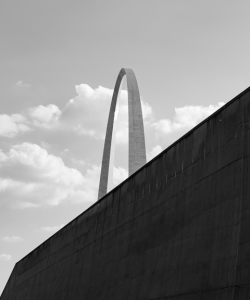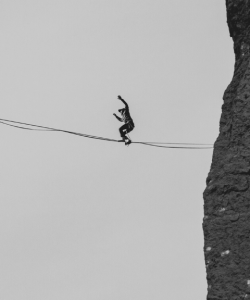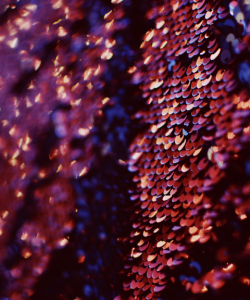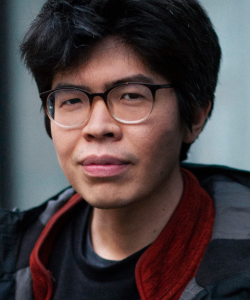Craft Capsule: Poets’ Prose

The author of Anodyne takes a poetic approach to prose writing.
Jump to navigation Skip to content
In our weekly series of craft essays, some of the best and brightest minds in contemporary literature explore their craft in compact form, articulating their thoughts about creative obsessions and curiosities in a working notebook of lessons about the art of writing.

The author of Anodyne takes a poetic approach to prose writing.

The author of Anodyne shares her methodology for determining the order of poems in a collection.

The author of Anodyne prioritizes joy in her poetics.

The author of Anodyne envisions a new writing practice inspired by the natural world.

The author of Thin Places urges writers to consider the reader.

The author of Thin Places recalls failed attempt after failed attempt to maintain a strict writing schedule.

The author of Thin Places considers how to write an essay (or essay collection) that follows the arc of epiphany.

The author of Thin Places celebrates hot-blooded writing.

The author of When I Grow Up I Want to Be a List of Further Possibilities embraces and develops a queer Asian American poetics.

The author of When I Grow Up I Want to Be a List of Further Possibilities explores personal and collective nightmares.

The author of When I Grow Up I Want to Be a List of Further Possibilities traces his origins as a poet.

The author of Each of Us Killers reflects on how music has informed her fiction.

The author of Each of Us Killers shares strategies for reinventing folktales and myths for contemporary times.

The author of Each of Us Killers shares a manifesto for literary criticism.

The author of Each of Us Killers explains why reading and writing are forms of translation.

The author of RENDANG consults poems by Monica Youn, Meiling Jin, and Mei-mei Berssenbrugge to analyze how racial markers function in poetry.

The author of RENDANG reflects on the value of uncertainty in his reading and writing lives.

The author of RENDANG considers the complex relationships embedded in the act of looking.

The author of RENDANG blurs the boundary between narrative and lyric.

The author of RENDANG imagines poetry as a house with many corridors.

The author of Horsepower recalls the tricks that helped her revise and assemble her collection.

The author of Horsepower reimagines the bildungsroman to honor the narrative arc of Black childhood.

The author of Horsepower examines and resists the racism and subconscious anxieties that infect the U.S. literary imagination.

The author of Horsepower suggests putting aside knowledge and focusing on unlearning.

The author of This Is One Way to Dance resists genre limitations and seeks her own unique form.